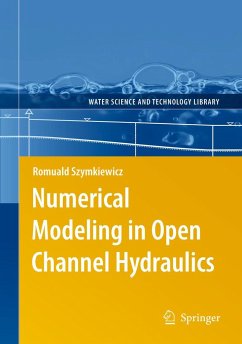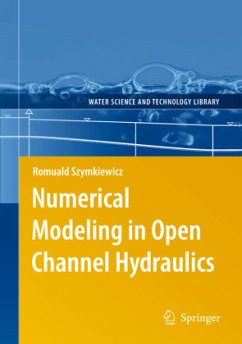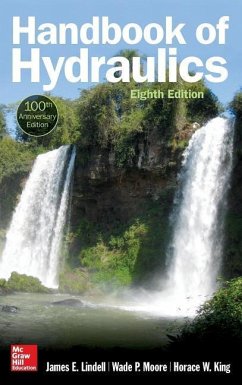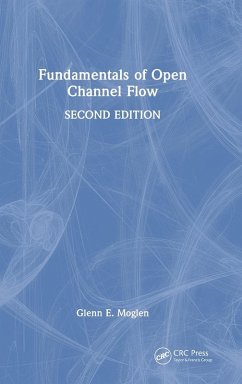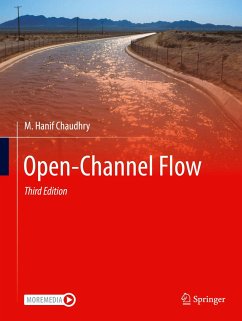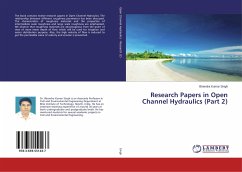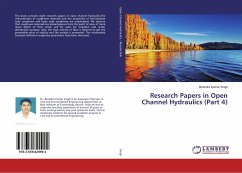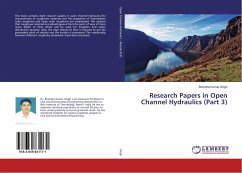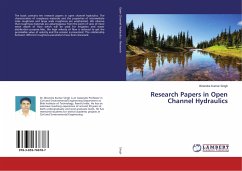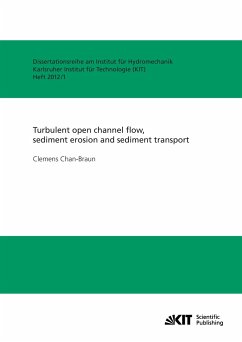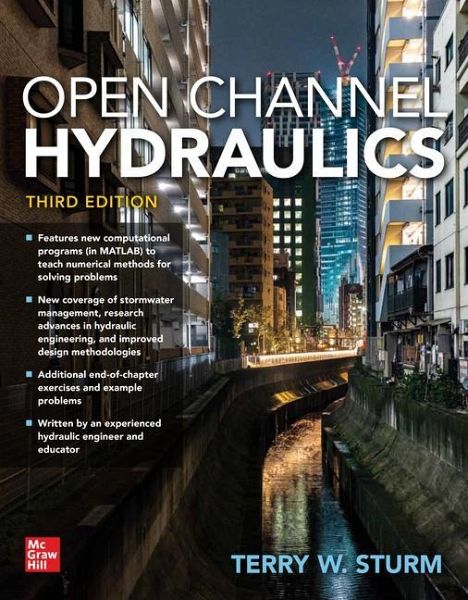
Open Channel Hydraulics, Third Edition
Versandkostenfrei!
Versandfertig in über 4 Wochen
136,99 €
inkl. MwSt.

PAYBACK Punkte
68 °P sammeln!
Publisher's Note: Products purchased from Third Party sellers are not guaranteed by the publisher for quality, authenticity, or access to any online entitlements included with the product. A definitive guide to open channel hydraulics-fully updated for the latest tools and methods This thoroughly revised resource offers focused coverage of some of the most common problems encountered by practicing hydraulic engineers and includes the latest research and computing advances. Based on a course taught by the author for nearly 40 years, Open Channel Hydraulics, Third Edition features clear explanat...
Publisher's Note: Products purchased from Third Party sellers are not guaranteed by the publisher for quality, authenticity, or access to any online entitlements included with the product. A definitive guide to open channel hydraulics-fully updated for the latest tools and methods This thoroughly revised resource offers focused coverage of some of the most common problems encountered by practicing hydraulic engineers and includes the latest research and computing advances. Based on a course taught by the author for nearly 40 years, Open Channel Hydraulics, Third Edition features clear explanations of floodplain mapping, flood routing, bridge hydraulics, culvert design, stormwater system design, stream restoration, and much more. Throughout, special emphasis is placed on the application of basic fluid mechanics principles to the formulation of open channel flow problems. Coverage includes: * Basic principles * Specific energy * Momentum * Uniform flow * Gradually varied flow * Hydraulic structures * Governing unsteady flow equations and numerical solutions * Simplified methods of flow routing * Flow in alluvial channels * Three-dimensional CFD modeling for open channel flows



